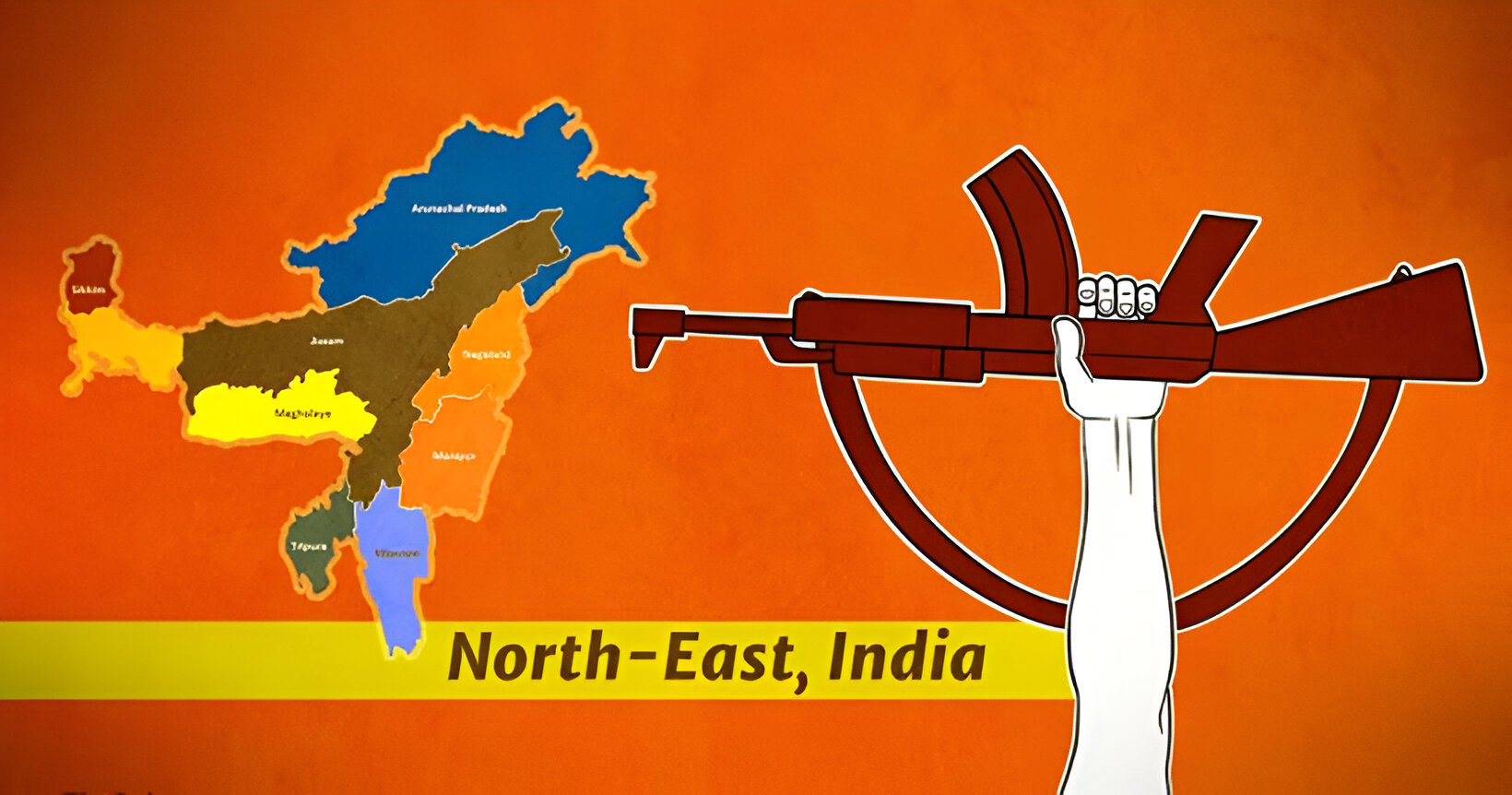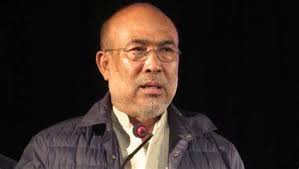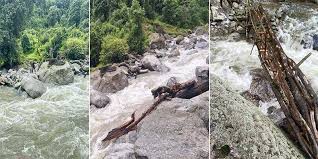Northeast India: The Emerging Battleground We Must Not Ignore
Summary of the News Article
Northeast India, a region known for its rich cultural heritage and strategic significance, is increasingly becoming a focal point of concern due to escalating security challenges. The porous borders with Myanmar and Bangladesh have facilitated the influx of narcotics and arms, turning states like Manipur and Mizoram into transit hubs for illicit trade. This situation not only threatens the region’s stability but also poses a significant risk to national security. The central and state governments are taking measures to address these issues, but the complexity of the challenges requires a multifaceted and sustained approach.
Delving Deeper: Understanding the Complexities of Northeast India’s Security Landscape
Geopolitical Significance and Challenges
Northeast India shares international borders with several countries: Arunachal Pradesh with China and Bhutan; Assam with Bhutan and Bangladesh; Manipur, Mizoram, and Nagaland with Myanmar; Meghalaya and Tripura with Bangladesh; and Sikkim with China, Bhutan, and Nepal. This unique positioning makes the region a strategic asset but also exposes it to cross-border challenges.
The porous nature of these borders has been exploited for illegal activities, including drug trafficking and arms smuggling. Manipur, for instance, has become a conduit for narcotics originating from Myanmar’s Golden Triangle, with drugs like heroin and methamphetamines making their way into mainland India. These activities not only fuel local insurgencies but also have broader implications for national security.
The Drug Menace: A Silent Invasion
The infiltration of narcotics into Northeast India is not just a law enforcement issue but a societal concern. The youth, in particular, are vulnerable to drug abuse, leading to health crises and social instability. The economic allure of the drug trade also entices individuals into illegal activities, perpetuating a cycle of crime and violence.
Mizoram has witnessed a surge in drug and arms smuggling in recent years. Recognizing the gravity of the crisis, Mizoram Chief Minister Lalduhoma reiterated his government’s firm resolve to confront the growing threat of narcotics infiltration, especially from neighboring Myanmar.
Insurgency and Ethnic Conflicts
The region has a history of insurgency and ethnic conflicts, often fueled by demands for autonomy and identity recognition. In Manipur, tensions between the Meitei and Kuki communities have escalated, leading to violence and displacement. The return of fighters from Myanmar’s civil war has further aggravated the situation, introducing sophisticated weaponry and combat experience into local conflicts.
These conflicts not only disrupt peace but also hinder development efforts. The presence of multiple insurgent groups complicates governance and creates an environment of fear and uncertainty among the populace.
Infrastructure and Connectivity: Double-Edged Swords
Efforts to improve infrastructure and connectivity in the region, such as the construction of border roads and the implementation of the Act East Policy, aim to integrate Northeast India with the rest of the country and neighboring nations.
However, these developments also present challenges. Improved roads can facilitate the movement of insurgents and smugglers if not accompanied by robust security measures. Therefore, infrastructure development must be complemented with strategic planning and surveillance to ensure it serves its intended purpose of promoting peace and prosperity.
Policy Recommendations and the Way Forward
To effectively address the multifaceted challenges in Northeast India, a comprehensive approach is necessary:
- Strengthen Border Security: Implement advanced surveillance technologies and increase patrols to prevent illegal cross-border activities.
- Enhance Law Enforcement: Provide training and resources to local police forces to effectively combat insurgency and crime.
- Promote Economic Development: Invest in infrastructure, education, and healthcare to improve living standards and reduce the appeal of illegal activities.
- Foster Political Dialogue: Engage with insurgent groups and community leaders to address grievances and work towards peaceful resolutions.
- Encourage Regional Cooperation: Collaborate with neighboring countries to address cross-border issues and promote stability in the region.
❓ Frequently Asked Questions
Q1: Why is Northeast India considered a strategic region?
Northeast India shares borders with several countries, making it a crucial area for national security, trade, and cultural exchange.
Q2: What are the main security challenges in the region?
The region faces issues like insurgency, ethnic conflicts, drug trafficking, and arms smuggling, often exacerbated by porous borders.
Q3: How does drug trafficking impact the local communities?
Drug trafficking leads to increased addiction rates, health crises, and social instability, particularly among the youth.
Q4: What role does infrastructure development play in the region’s security?
While infrastructure development can boost economic growth, it must be accompanied by security measures to prevent misuse by insurgents and smugglers.
Q5: How can community engagement improve the situation in Northeast India?
Empowering local communities through education, employment, and inclusive governance can reduce the appeal of insurgency and illegal activities, fostering peace and stability.




